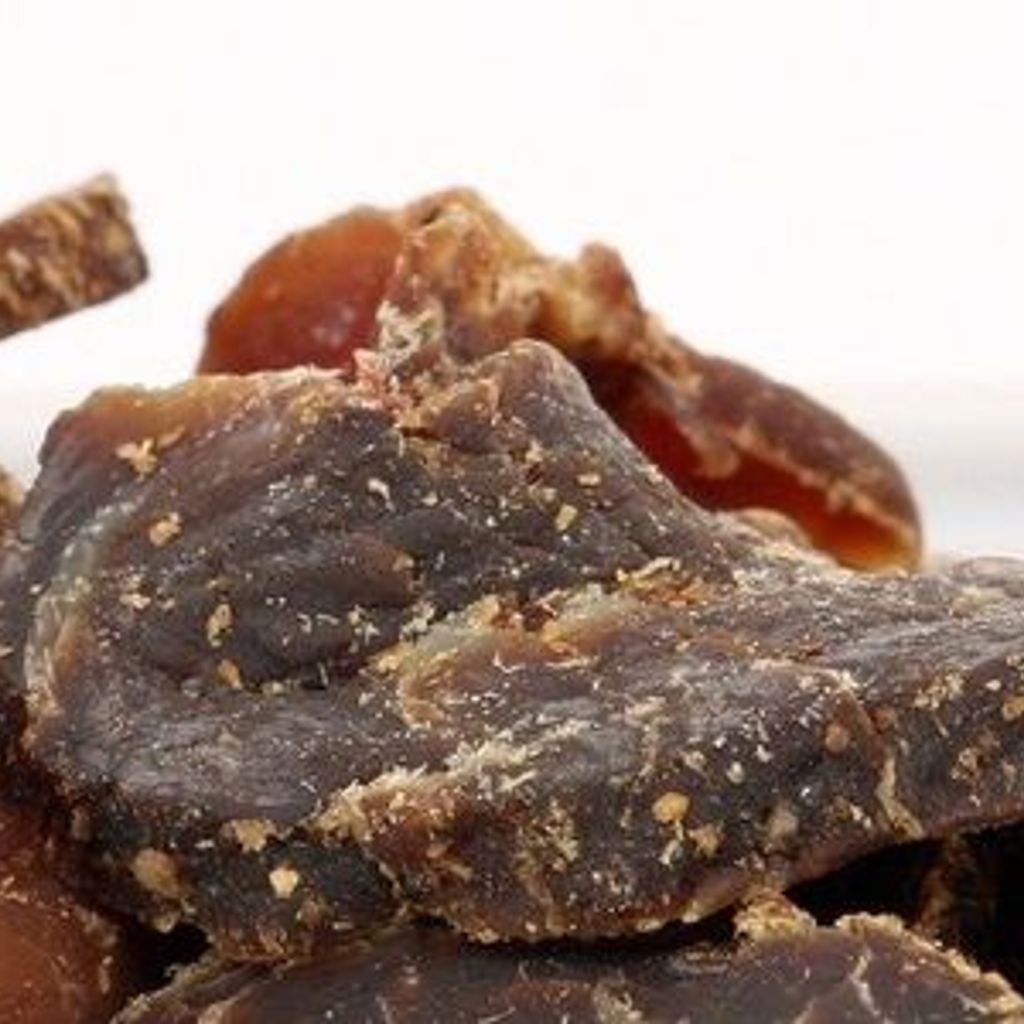Dehydration is a downright ancient method of preserving food: people have been drying sustenance in the sun to make it longer-lasting, more storable and packable for thousands of years. As the name suggests, dehydrating food means removing as much moisture from it as possible, which lengthens the time it’ll withstand microbial breakdown and other decay.
Freeze-drying is essentially a newborn compared to the age-old techniques of basic dehydration: it’s only been around since the early 1900s and didn’t step onto the international stage until World War II. The method is a more technologically involved process than basic dehydration, as it subjects foods to freezing and a moisture-vaporizing vacuum. During the war, the use of freeze-dried blood plasma and penicillin for medical treatment in the field (where refrigeration wasn’t an option) demonstrated the technology’s huge potential.
Moisture Removal Benefits & Differences
Basic dehydration and freeze-drying both involve removing moisture from food to make it more shelf-stable - a method of food preservation that also makes the food lighter and more compact in order to maximize storage and shipping resources.
Standard dehydrated food generally has about 80-95% of its moisture removed, depending on the specific process and other factors. By comparison, freeze-dried food removes some 98-99% of the product’s moisture.
Why are these foods perfect for the outdoors?
For outdoors people, the appeal of these processes is obvious: you get to bring ingredients and ready-to-go meals out into the wilds without breaking your back or requiring a whole packstring to do so, and can enjoy more varied flavors out where you don’t exactly have access to cold storage.
Dehydrated vs Freeze-Dried Food: The Verdict

Image by CSU-Extension from Pixabay
Freeze-dried food beats out its dehydrated counterpart. Why, you ask?
Here’s its major advantages:
-
Longer Shelf Life - because it removes much more moisture, freeze-drying produces a lighter product. And the same residual moisture in dehydrated food that makes it a bit heavier also means it has a shorter shelf-life: often only a few years. Compare that to the decades that freeze-dried food can last.
-
Most Versatile -you can freeze-dry just about any kind of food, whereas the items you can realistically, satisfactorily dehydrate are more limited. Opting for freeze-dried makes for a richer backcountry cuisine.
-
More Nutritional & Flavorful - its vacuum process better preserves the internal structure of food: moisture is removed while the pore space remains. When the food’s rehydrated, it tastes the same as it did when it was first cooked, and the nutritional content it delivers is also the same.
- By contrast, the heat involved in the standard dehydration process changes the food’s texture and flavor, and can result in a 40-50% loss of nutritional value.
-
Faster to Rehydrate - since the structure of freeze-dried food hasn’t been altered, it’s faster to rehydrate than dehydrated food. This means less prep time and less camp stove fuel wasted.
That said, if you’re hoping to embark on a do-it-yourself endeavor at home, the dehydration method is likely the best way to go, whether you’re purchasing a food dehydrator or setting up some other kind of air or sun-drying system. Freeze-drying is a more complex undertaking that requires expensive, specialized equipment.
Mountain House’s History with Freeze-Drying

Image by Tafilah Yusof from Pixabay
It wasn’t long after freeze-drying proved its worth during the Second World War that Mountain House’s parent company (originally Oregon Freeze Dry), got its start in 1963, producing freeze-dried fruits for breakfast cereals. The company quickly began supplying freeze-dried meals to the U.S. military as well as astronauts, and by the end of the decade the Mountain House brand was born to serve (quite literally) the booming outdoor industry’s appetite (learn more about their backstoryhere).
Our Freeze-Drying Process
The freeze-drying process we use here at Mountain House involves cooking our meals, freezing them on specialized trays, then placing these trays of frozen goodness in a vacuum chamber to subject them to an air pressure about equivalent to that 46 miles above the surface of the Earth.
The frozen-food trays in the vacuum are also gently heated - the combination of that heat and the vacuum environment causes the moisture in the foodstuffs to sublimate directly into water vapor, which is removed so as not to re-enter the food.
Then all that’s left is our proprietary packaging process!
Mountain House has the Best Freeze-Dried Food for Outdoor Adventures

Image byStockSnap from Pixabay
As our historical snapshot earlier in this article suggests, we’ve been doing the freeze-dried thing avery long time here at Mountain House. It’s been our absolute honor to serve multiple generations of hikers, backpackers, river runners, mountain climbers, hunters, anglers, and many other sorts of customers, and we look forward to doing the same for generations to come!
We invite you to taste for yourself just how fabulous freeze-dried food can be out there in the wilds (and, heck, in the home kitchen, too, whenever you need something quick, easy, and delish). From breakfast items such as our Biscuits & Gravy, our Granola with Milk and Blueberries, and our Scrambled Eggs With Bacon to our Creamy Macaroni and Cheese, Fettuccine Alfredo with Chicken, Chicken Fajita Bowl, and other entrees, we’ve got you covered in the culinary department whenever you’re out adventuring!






















































